Microsoft Surface Pro X 2020: Release date, price, specs and news
The new Surface Pro X 2020 offers a faster Microsoft SQ2 processor, an aluminum finish and longer battery life
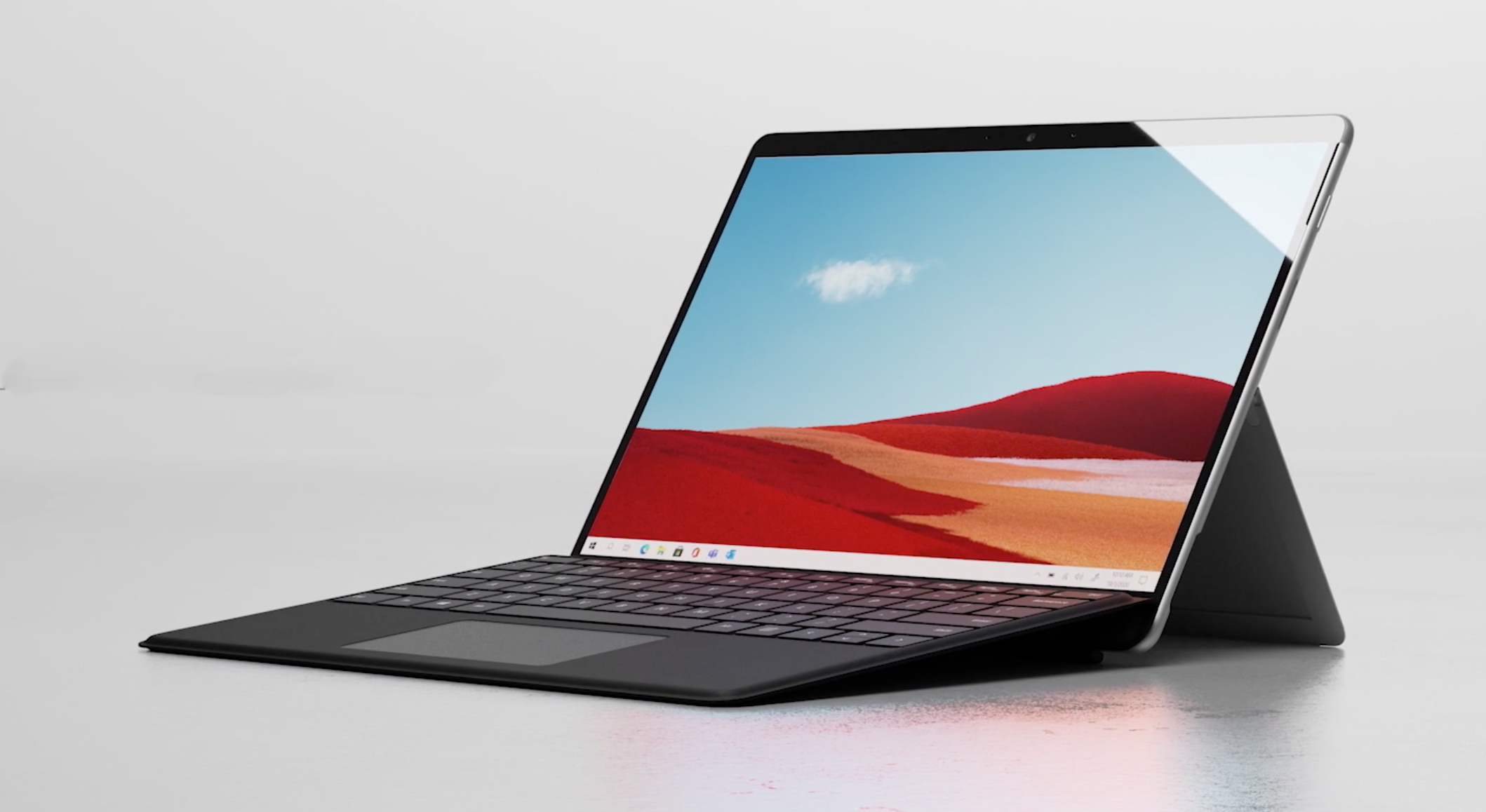
OS: Windows Home on ARM
CPU: Microsoft SQ1 or SQ2
Display: 13 inches (2880 x 1920)
RAM: 8GB or 16GB
SSD: 128, 256, 512GB
Battery life: 15 hours (rated)
Cameras: 10MP rear, 5MP front
Ports: 2 USB-C Gen 2, 1 Surface Connect port
Dimensions: 11.3 x 8.2 x 0.28 inches (287 x 208 x 7.3 mm)
Weight: 1.7 pounds (774 grams) without keyboard
The Surface Pro X 2020 is here to try to usher in the Windows-on-ARM revolution that Microsoft couldn't pull off with the first version of this 2-in-1. And there are several upgrades that aim to take the best tablet crown away from the iPad Pro 2020.
The biggest upgrade is Microsoft's new SQ2 chip, which promises better performance (in select configurations). You can also now expect up to 15 hours of battery life across all models, which is up from an already impressive 13 hours.
- The best laptops right now
- Here's what to expect from Microsoft's Surface event on September 22nd
- Plus: How to watch the Microsoft Surface event 2021
Other perks include a new Platinum finish, and there are three new Surface Pro X keyboard colors. But we're most interested to see how well Windows on ARM will perform now that Microsoft says it is increasing the number of app partners. Here's everything we know about the Surface Pro X 2020 so far.
Surface Pro X 2020 price and release date
The Surface Pro X is scheduled to arrive on Oct. 13 and come in multiple configurations. The entry-level Surface Pro X starts at $999 with Microsoft's older SQ1 processor, 8GB of RAM and 128GB of storage. Stepping up to 256GB of storage costs $1,299.
If you want the new SQ2 chip, the Surface Pro X costs $1,499. That model also includes 16GB of RAM and 256GB of storage. The $1,799 configuration ups that to 512GB of storage.
The Surface Slim Pen ($144) and Surface Pro X keyboard ($139) are optional, and Microsoft sells a keyboard and pen bundle for $269.
Surface Pro X performance: SQ2 chip
The new SQ2 processor, available in higher-end configurations of the Surface Pro X, promises increased performance along with better battery life. Co-designed with Qualcomm, the SQ2 chip also delivers AI acceleration, better camera quality and improved audio performance.
Get instant access to breaking news, the hottest reviews, great deals and helpful tips.
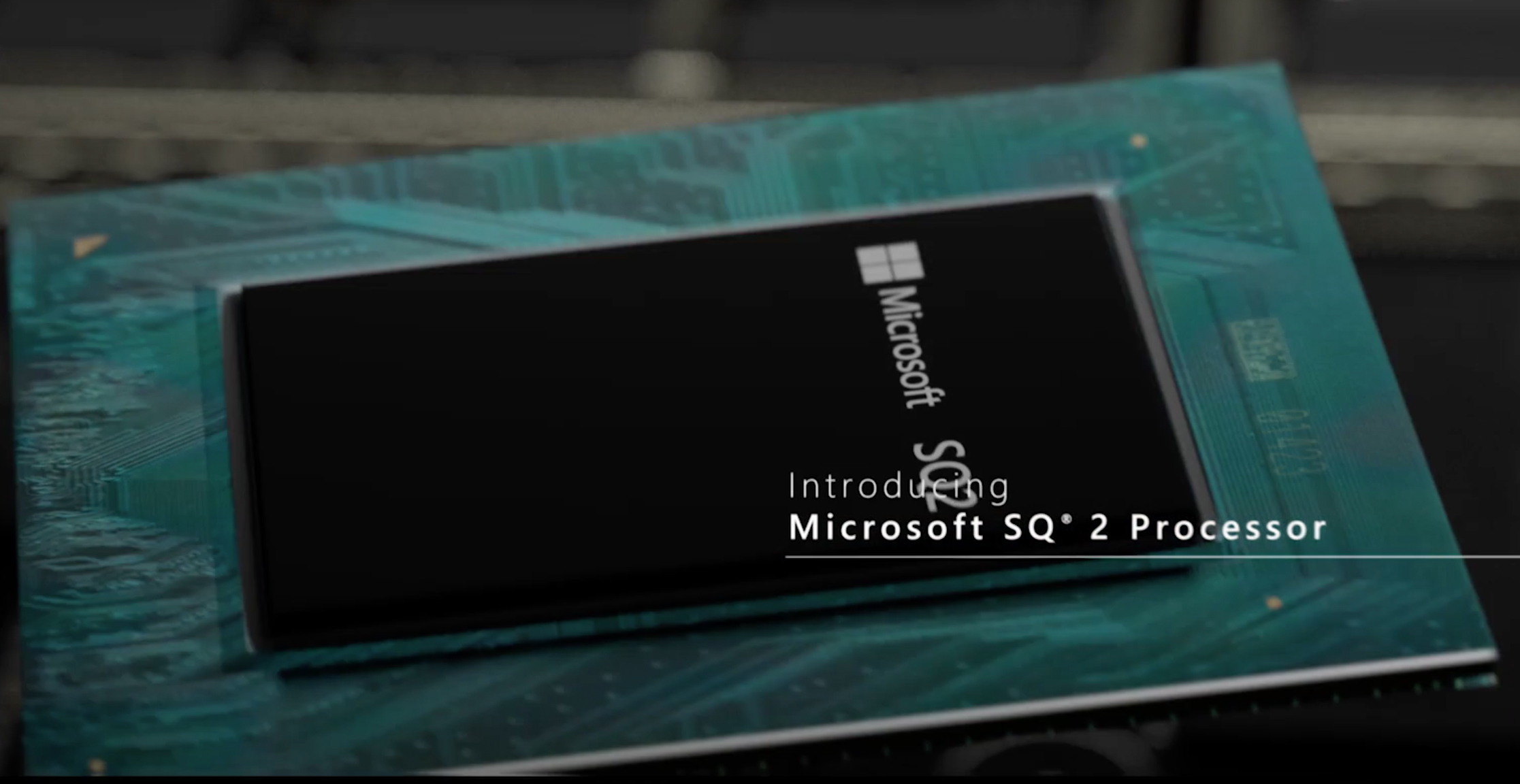
Surface Pro X 2020 design and colors
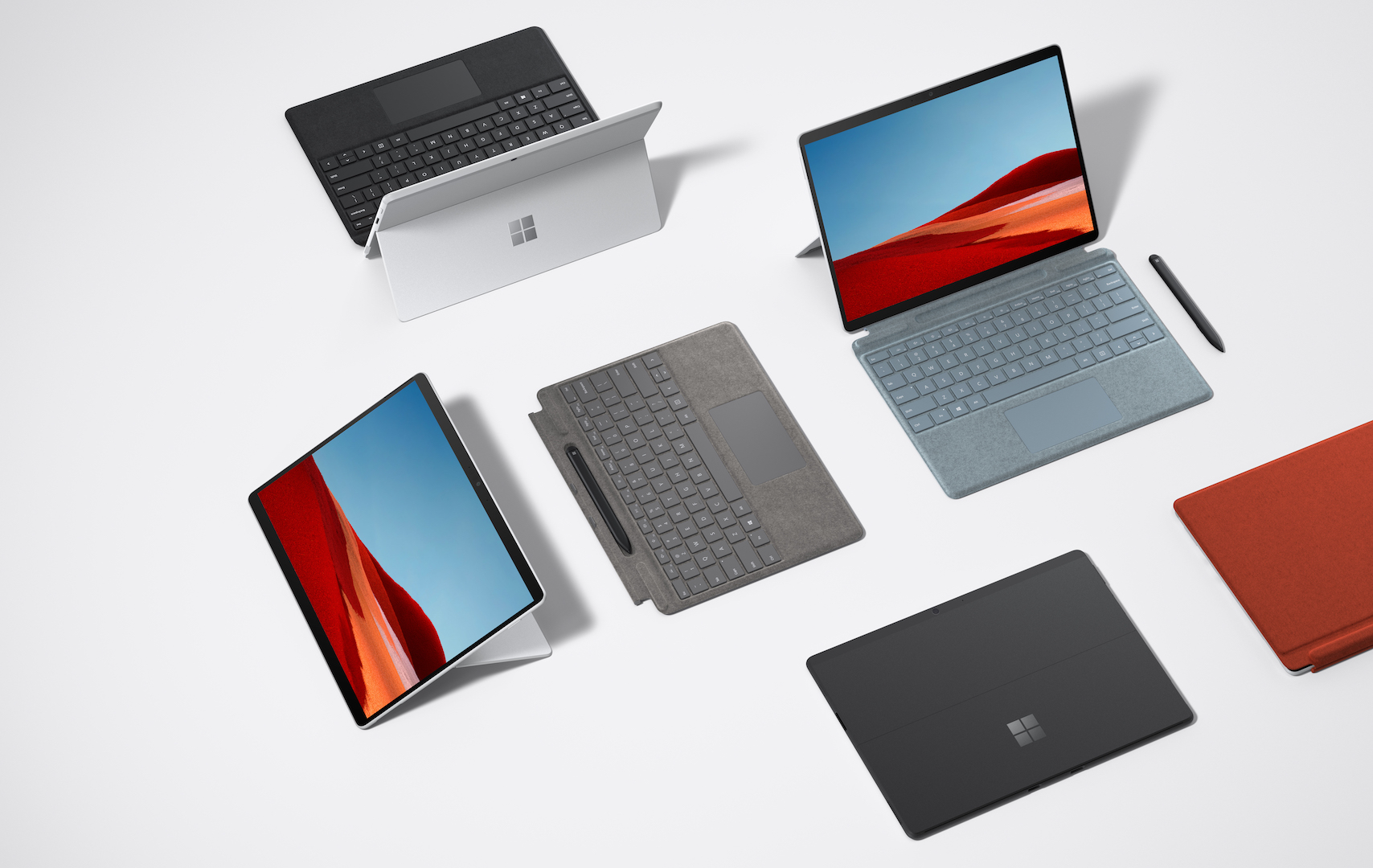
The Surface Pro X is still just as thin and portable as before, with the tablet measuring just 0.28 inches thick and weighing 1.7 pounds. When you add the keyboard it weighs 2.37 pounds. What's new on the design front is the new platinum color option, which joins the Matte Black version of the Surface Pro X.
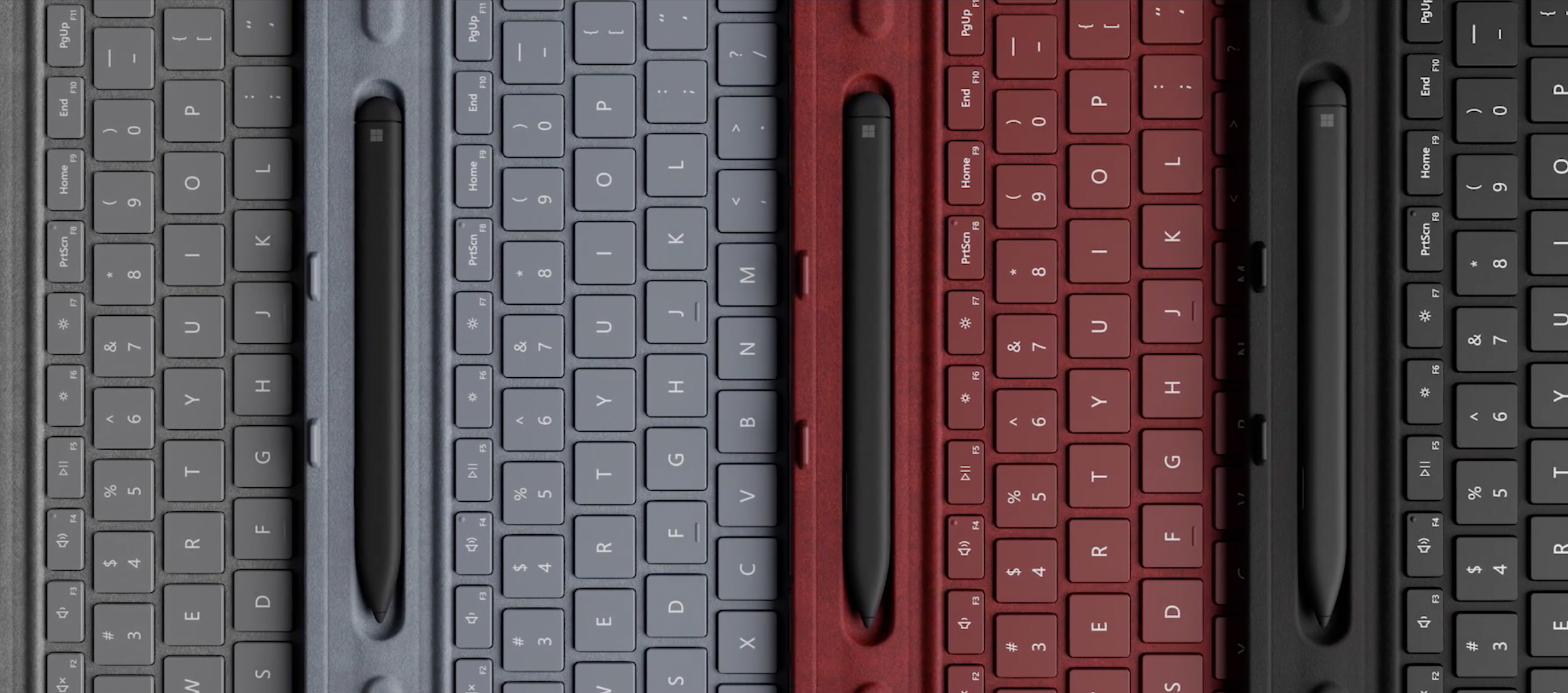
The keyboard options are now colorful as well. In addition to black, there's now Ice Blue, Poppy Red and Platinum. All of these keyboards include a holster for the Surface Pen, which recharges when connected.
Microsoft Surface Pro X 2020: Ports
The Surface Pro X features two USB-C ports, which is one more than you'll find on the iPad Pro. However, these ports don't support Thunderbolt. Microsoft also includes a Surface Connect port for connecting to an external display. Note that you won't find a microSD card slot for expansion, which is available on the Surface Pro 7.
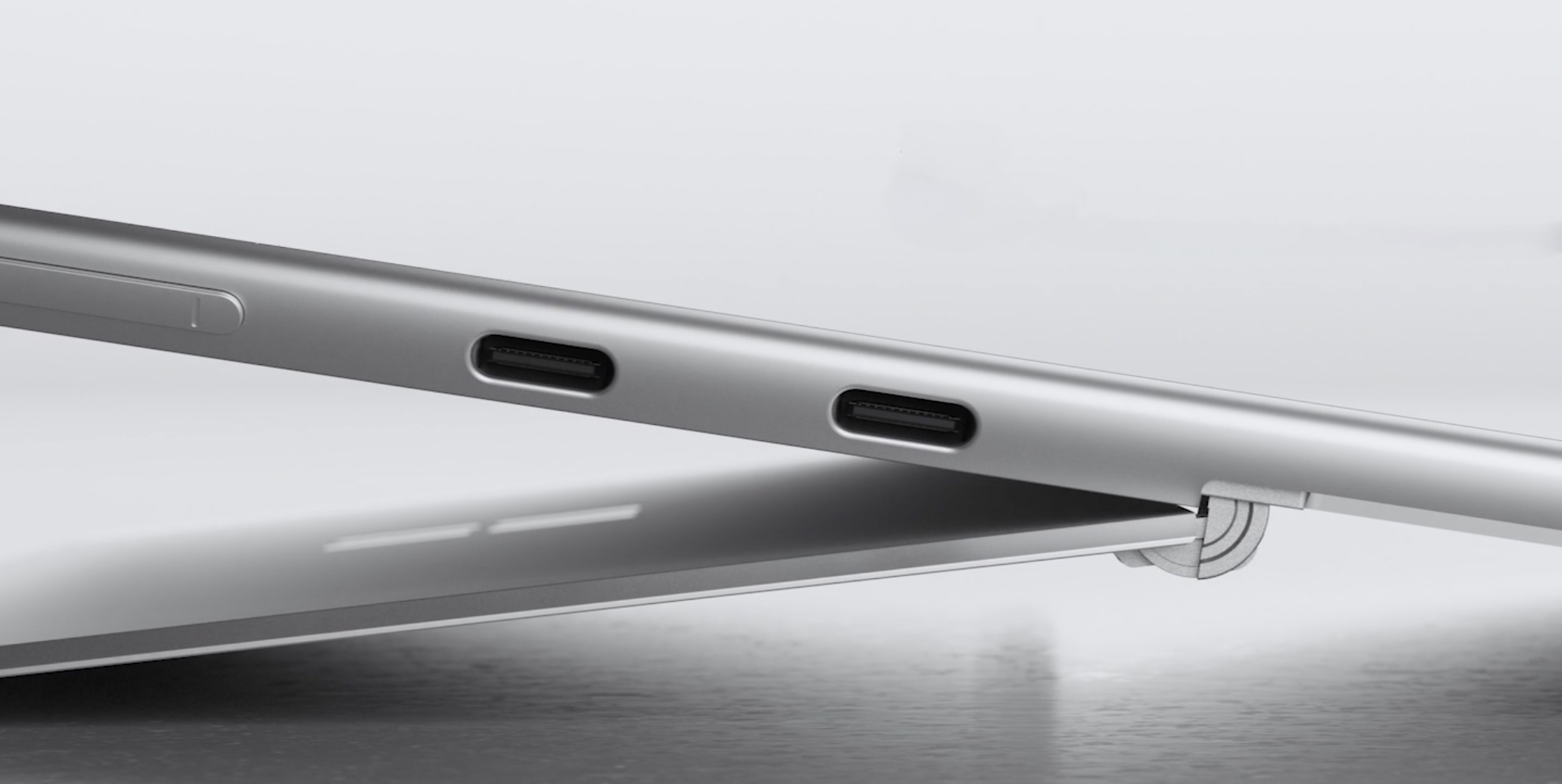
Microsoft Surface Pro X 2020: Display
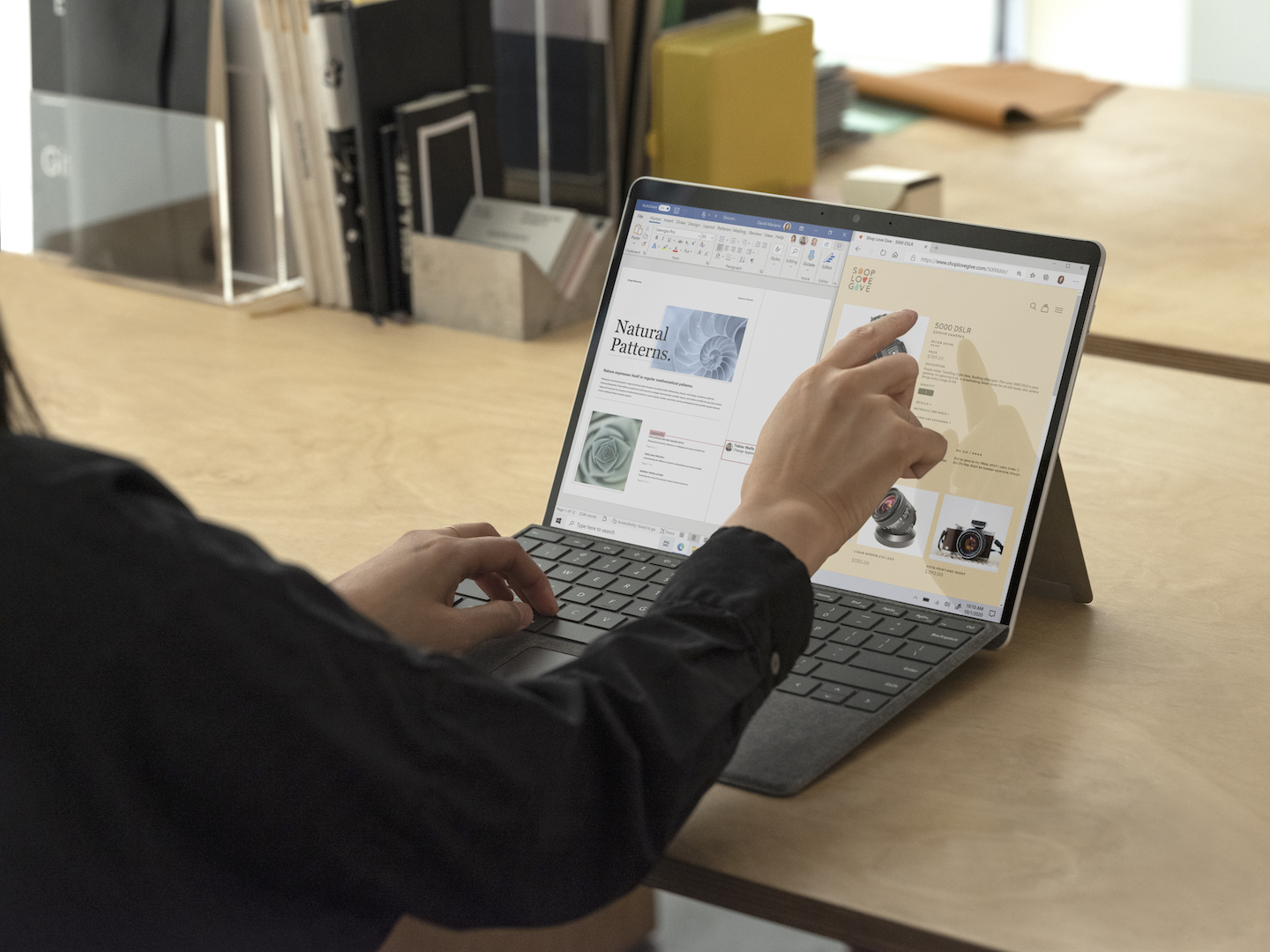
The Microsoft Surface Pro X 2020 continues to feature a 13-inch PixelSense display with a resolution of 2880 x 1920 and a 3:2 aspect ratio. The panel on the last model exceeded 400 nits in our testing and delivered a very good 103% of the sRGB color gamut, so we expect similarly strong results this time around.
Microsoft Surface Pro X 2020: Windows on ARM
Lots of reviewers had compatibility issues with third-party apps on the original Surface Pro X, but Microsoft says that it is making progress with Windows on ARM. It is increasing the number of app partners and is working with the likes of Adobe and others to improve the app ecosystem.
Microsoft also has an App Assure program that's designed to help developers address Windows on ARM application compatibility issues, but we'll have to test out the Surface Pro X with multiple apps to see how far Microsoft has come.
In addition, there are new versions of Microsoft applications that are optimized for Windows on ARM. These include the Microsoft Edge browser and Microsoft Teams. In addition, Microsoft is rolling out x64 emulation to the Windows Insider Program in November.
Microsoft Surface Pro X 2020: Cameras
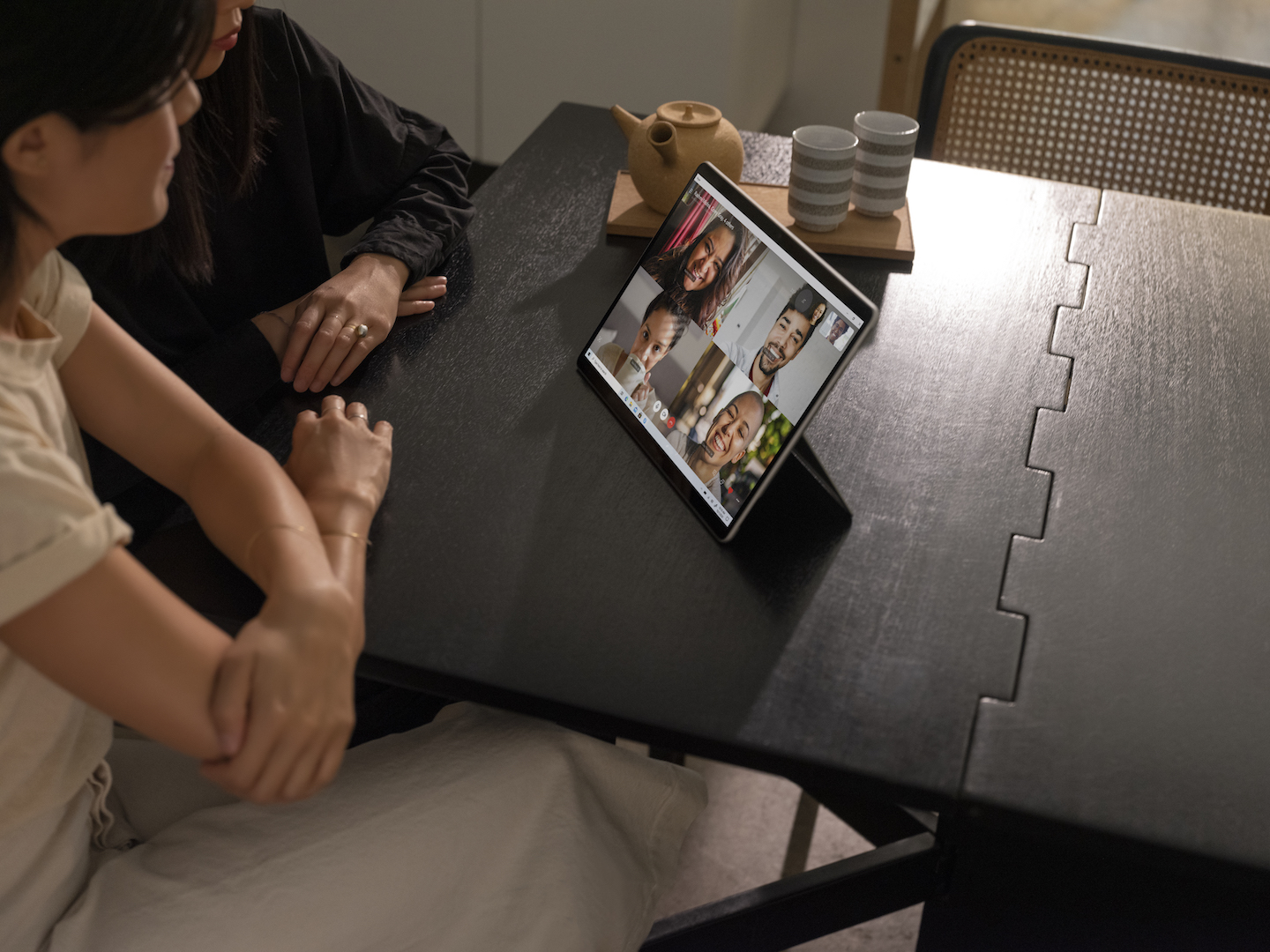
The Surface Pro X 2020 continues to feature two cameras. The 5MP front camera captures 1080 video and support Windows Hello face sign-ins. And the back 10MP camera features autofocus and can shoot up to 4K video.
Microsoft Surface Pro X 2020: LTE
Although we'd like to see 5G connectivity at this point, it's nice that all versions of the Surface Pro X 2020 offer gigabit LTE connectivity. You can add your own SIM card or order an AT&T or Verizon SIM card through Microsoft.
Microsoft Surface Pro X 2020: Battery life
Microsoft says that the new Surface Pro X 2020 can last up to 15 hours on a charge, which is 2 hours longer than the previous model. Plus, this 2-in-1 offers fast recharging, with the ability to reach 80% in less than an hour.
Microsoft Surface Pro X 2020: Outlook
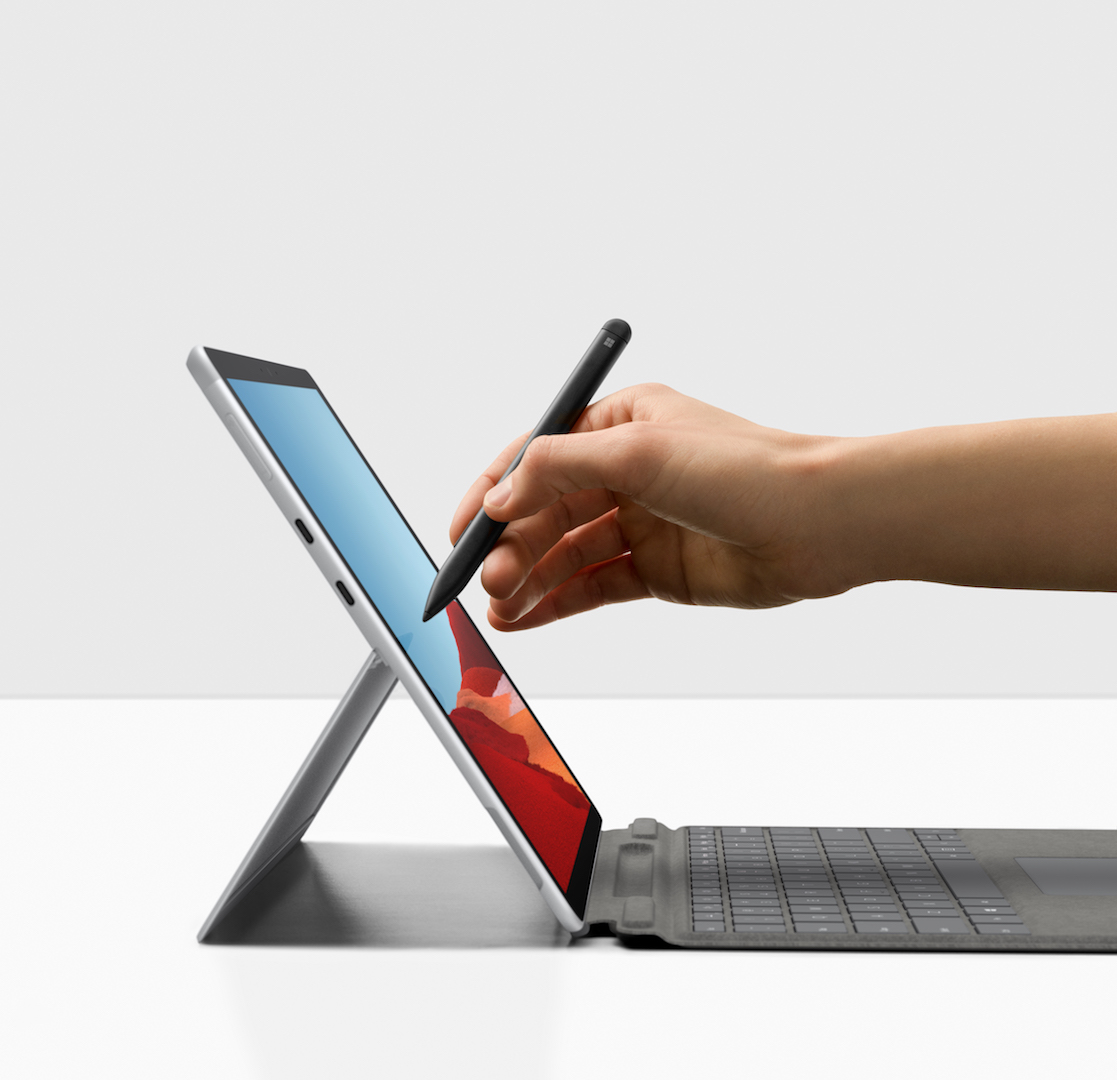
The new Surface Pro X looks like a step in the right direction for Microsoft. The performance of the original was behind the iPad Pro, so we look forward to seeing whether this new SQ2 chip can close the gap. More important, we want to see how well Microsoft has address the app compatibility issues with Windows on ARM. If you're going to spend this much on a tablet or 2-in-1, it should be versatile to run all of the apps you need.
Mark Spoonauer is the global editor in chief of Tom's Guide and has covered technology for over 20 years. In addition to overseeing the direction of Tom's Guide, Mark specializes in covering all things mobile, having reviewed dozens of smartphones and other gadgets. He has spoken at key industry events and appears regularly on TV to discuss the latest trends, including Cheddar, Fox Business and other outlets. Mark was previously editor in chief of Laptop Mag, and his work has appeared in Wired, Popular Science and Inc. Follow him on Twitter at @mspoonauer.

